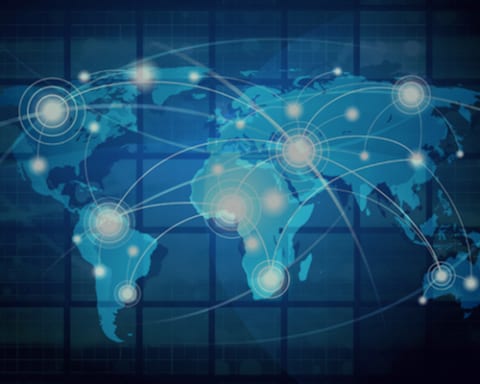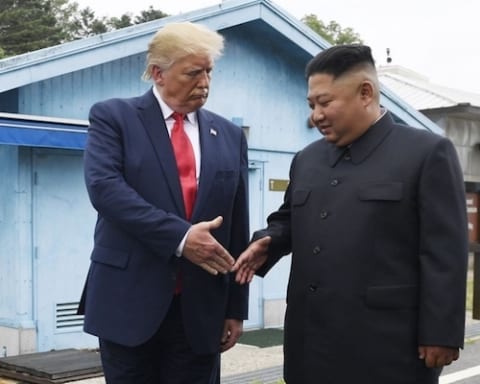A little over a month ago, on February 7, U.S. forces reportedly engaged pro-Syrian government forces, including the Syrian Arab Army (SAA), and Russian security contractors near the banks of the Euphrates River, pounding the group for hours with drones, fighter jets, Apache helicopters, heavy-air artillery, and small arms. This was after the pro-Syrian government forces attempted to overtake an oil refinery on the outskirts of Deir Ezzor. The area is currently under the control of the U.S.-supported Syrian Democratic Forces (SDF) militia group. A small presence of U.S. Special Operations advisers and forward air controllers were also on the scene. According to news reports by Reuters, The Washington Post and the BBC (amongst others), hundreds of Russians and Syrians were injured or killed, while SDF-U.S. troops inside the facility made it through relatively unscathed.
Multiple recordings have surfaced in the aftermath of the battle as well, which portray the Russian mercenaries as defeated and humiliated.
That was the narrative, at least, until a group of Der Spiegel journalists continued to investigate the accounts of civilians and fighters in the region, which are beginning to challenge the previous reports by international media. Lima Charlie News has also been able to corroborate these new findings with highly placed sources within the U.S. Department of Defense (DoD) that are familiar with the matter, although they asked to remain anonymous.
First reports of the battle
Early on the morning of February 7, at 0500 local time, around 250 pro-Syrian government forces attempted to cross the Euphrates using a floating pontoon bridge in order to get to the decommissioned oil refinery currently under the SDF’s control, with U.S. supporting elements present. As pro-Syrian government fighters began crossing the river, the U.S. forces stationed at the facility fired warning shots toward the pontoon bridge to deter an attack. Initially, the warning shots appeared to have halted the advances of the unknown forces; the fighters retreated.
Later that same day, however, twice as many men from the same group crossed again at a different location under cover of darkness, according to Der Spiegel’s investigation. They managed to travel to the other side unnoticed this time — or so it seemed — making it to the village of Marrat on the American side of the river. When the fighters continued advancing, however, American special operations unit responded by “targeting the aggressors with a combination of air and artillery strikes,” according to U.S. Army Colonel Thomas Veale, a spokesman for the Combined Joint Task Force (CJTF) under Operation Inherent Resolve, which targets the Islamic State (IS) in Syria and Iraq.

That was only half of the battle, as it turns out, because at approximately the same time that night, a completely different group of Syrian militiamen and Shiite fighters, from the village of Tabiya, came up three kilometers from the south and attacked the same SDF base. This attack was not a surprise either, because as the militiamen and fighters began firing upon American troops inside the old oil refinery, drones, helicopters and at least one AC-130 gunship engaged the advancing ground targets. A hail of gunfire, artillery rounds and missiles rained upon the advancing militiamen.
After the battle, as reports and videos began leaking to international media outlets, it was soon revealed that Russian mercenaries also laid amongst the dead and injured.
But who were they, and how did they get there?
Pentagon officials confirmed the presence of the Russian paramilitary contractors and, soon after, so did the Kremlin. Russian citizens — detached from the Kremlin’s military command — were, in fact, present and killed.
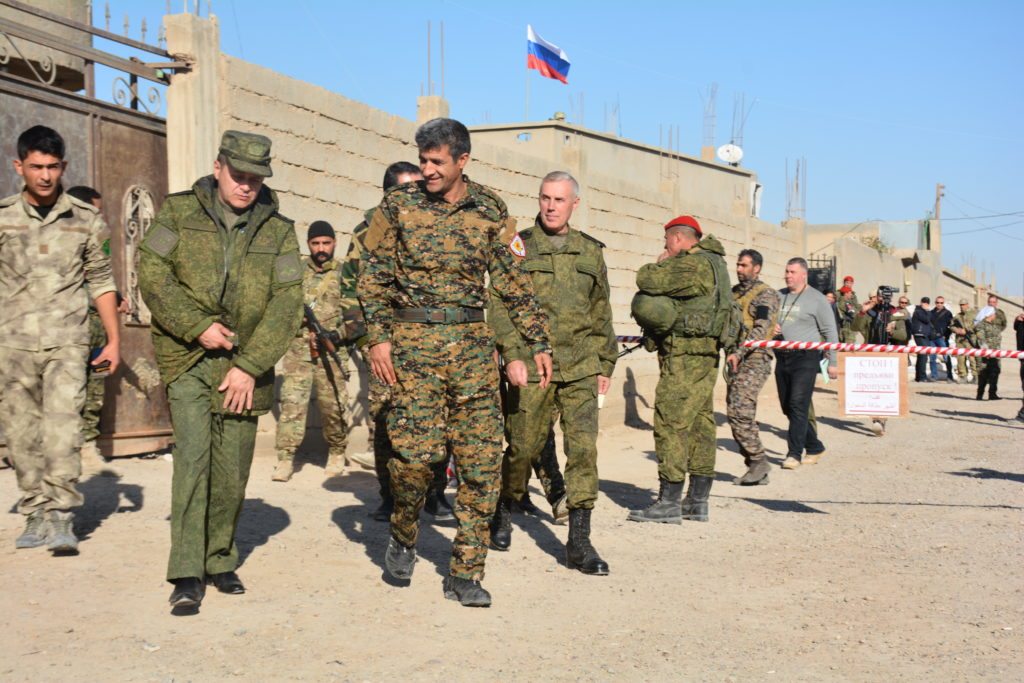
Utkin is closely affiliated with the Putin-affiliated Russian oligarch Yevgeniy Prigozhin, who is the owner of the Wagner Group. Prigozhin is famously known as “Putin’s chef” — that’s neither joke nor euphemism — and is one of the 13 Russian nationals that FBI Special Counsel Robert Mueller just indicted for information warfare during the 2016 U.S. presidential election.
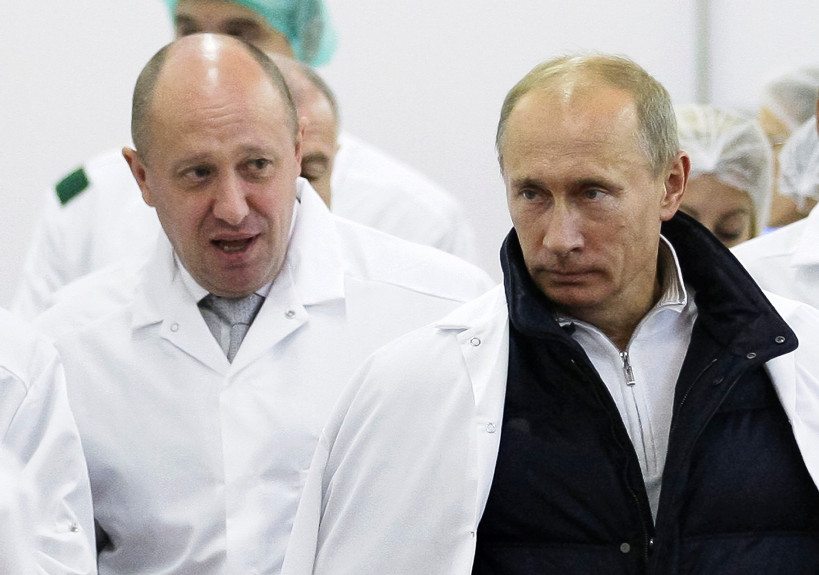
While the Russian government has officially denied that the Wagner Group fights on behalf of Russia in Ukraine, the Washington Free Beacon obtained a 2016 photograph that showed some of the Wagner men being awarded a medal by Russian President Vladimir Putin. Wagner is estimated to have as many as 2,500 men in Syria, according to the independent Russian media outlet Fontanka, paying its officers up to 300,000 roubles (£3,800 or $5,300) a month. Since the group entered Syria, its name has become a catch-all name for other similar Russian groups, such as the Slavonic Corps out of Hong Kong, or the affiliated Moran Security Group.
The Moran Security Group has become closely-linked with the Wagner Group since its inception in 2010, with many of its recruits appearing under its banner in both the Ukraine and Syria. In 2013, Moran recruited “at least” 200 mercenaries on behalf of Wagner Group. The group recruits heavily from the large military presence in St. Petersburg, Russia, and local media reports that active-duty service members are also sometimes recruited. Moran is headed by Vyacheslav Kalashnikov, who maintains that his company has no firm affiliations with the Russian government, but also admits to holding the rank of Lieutenant Colonel in the active reserves of the Federal Security Services (FSB).

All three groups, Moran, Slavonic and Wagner have been affiliated with the RSB Group to varying degrees. RSB Group is a Russian mercenary firm registered out of Moscow, where it supplied support to the Sudanese Armed Forces (SAF) during the Darfur Crisis. The Russian government claims to have no affiliation with the group, but the group itself claims to recruit heavily from the highest echelons of the Russian government, in particular the FSB. RSB Group has since operated in Libya, where it cooperates with the Benghazi break-away government under Khalifa Haftar.
The official reason for its contract in Benghazi is to provide security for the Libyan Cement Company (LCC) in Benghazi. LCC, which had strong ties to the Qaddafi government, is one of the largest cement manufacturers in Africa, and provides large quantities of cement for various Chinese government-sponsored projects throughout Africa.
[I]t serves Putin little good to admonish or propagate the loss of Russian combatants abroad, as he has done in the past. Instead, it is more beneficial to let his country’s rumor mill spin, and make the story as big or small as necessary.
Several of the reported Russian casualties from the battle in Deir Ezzor have been identified by Open-Source Intelligence (OSINT) groups as fighting on behalf of the Russian government in Ukraine, under the banner of the Wagner Group.
While the Russian government is officially supporting the Bashar al-Assad Syrian government in Damascus, it appears that this time the casualties were largely caused by the Russian mercenaries simply being in the wrong place, at the wrong time. According to Der Spiegel’s investigative team, the men were stationed at the village of Tabiya, and were not participating in the fighting directly. Questions still remain as to how the mercenaries got mixed up in the airstrikes if they weren’t fighting alongside the targeted fighters, but no intelligence sources have been able to explain what the Russians were doing at the exact moment they were hit. However, it is unlikely the unit was sleeping with airstrikes occurring less than three kilometers away.
Historically, the Russian government has downplayed its casualties in the numerous conflicts it has engaged in. Russia has, officially, not sent any combatants to Ukraine, and thus has not officially lost any troops there. And throughout its Syrian campaign, Russia often makes a propaganda piece-meal out of any reported casualty that it suffers on the ground — such as the case with Alexander Prokhorenko, the Spetznas Commando Lieutenant, who died during a battle for Palmyra in March 2016. According to official Russian accounts, Lt. Prokhorenko’s position was surrounded and thus Prokhorenko ordered an airstrike onto his own position. These are reported to be his last words:
“I am surrounded, they are outside, I don’t want them to take me and parade me, conduct the airstrike, they will make a mockery of me and this uniform. I want to die with dignity and take all these bastards with me. Please my last wish, conduct the airstrike, they will kill me either way. This is the end commander, thank you, tell my family and my country I love them. Tell them I was brave and I fought until I could no longer. Please take care of my family, avenge my death, goodbye commander, tell my family I love them.”
With the announcement of those last dying words, and the acknowledgement that Prokhorenko’s last wishes were indeed honored, inbound Russian jets devastated the position, killing an unknown number of advancing Islamic State fighters. Russia has since turned the loss of Palmyra, and the death of one of its brave soldiers, into a world-wide propaganda victory.
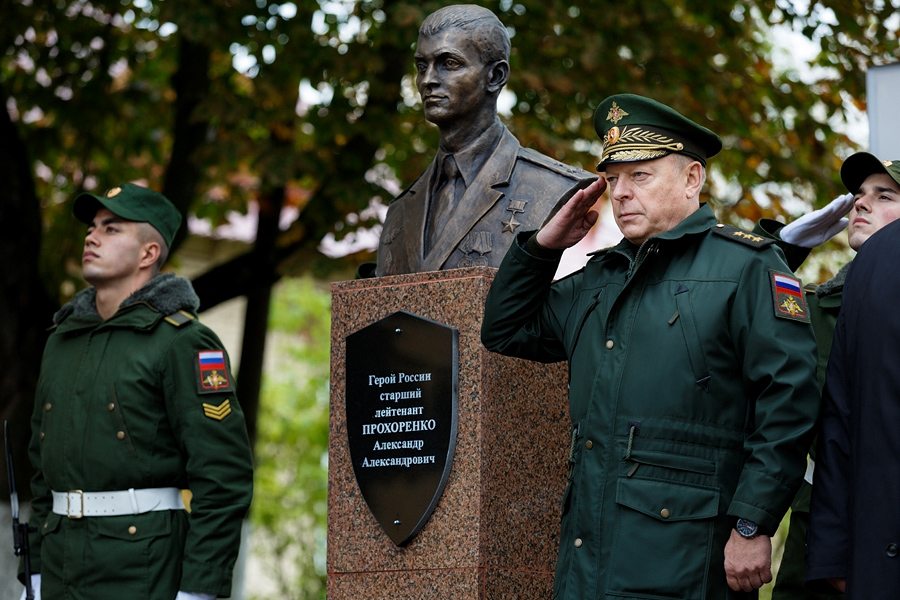
But why?
According to highly-placed sources inside the U.S. DoD, the most likely reason is a combination of the sensitive domestic situation in Russia and the international perception of the events.
The domestic consideration revolves around the upcoming Russian presidential election on March 18. Most observers agree that incumbent President Putin is a shoe-in for winning the election. As such, it serves Putin little good to admonish or propagate the loss of Russian combatants abroad, as he has done in the past. Instead, it is more beneficial to let his country’s rumor mill spin, and make the story as big or small as necessary. Those that oppose the president will spin the incident towards their own advantage, and Putin’s supporters will likely do the same. In essence, by using this tactic, Putin runs little risk of losing domestic political capital, but stands a great chance of gaining it instead. The covert message will no doubt play well within the nationalistic and largely anti-Western voter base that is expected to secure the presidency for him once again.
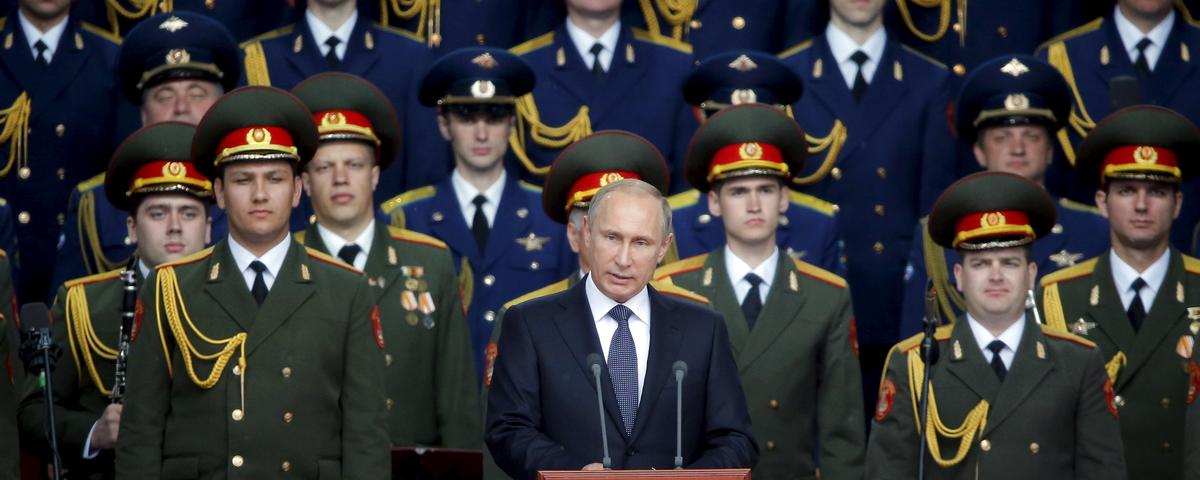
These are the claims of well-placed sources inside the U.S. DoD, who have been following these developments. By using its well-developed Psychological Warfare capabilities, Russia hopes it can disrupt American interests in the Middle East, further enhance domestically nationalistic spirits, and ultimately shape dialogue in the West. Accomplishing this is only possible if Russia can establish its version of events as the truth before any official investigation can uncover what actually happened in Deir Ezzor, and to do this, Russia is relying on the Western media’s inability to verify claims, and the increasingly ingrained and trusted “alternative-media.”
LIMA CHARLIE NEWS, with James Fox and John Sjoholm
Lima Charlie provides global news, insight & analysis by military veterans and service members Worldwide.
For up-to-date news, please follow us on twitter at @LimaCharlieNews
In case you missed it:

![Image Russia's mercenaries and a campaign of misinformation [Lima Charlie News]](https://limacharlienews.com/wp-content/uploads/2018/03/Russias-mercenaries-and-a-campaign-of-misinformation-Lima-Charlie-News.png)
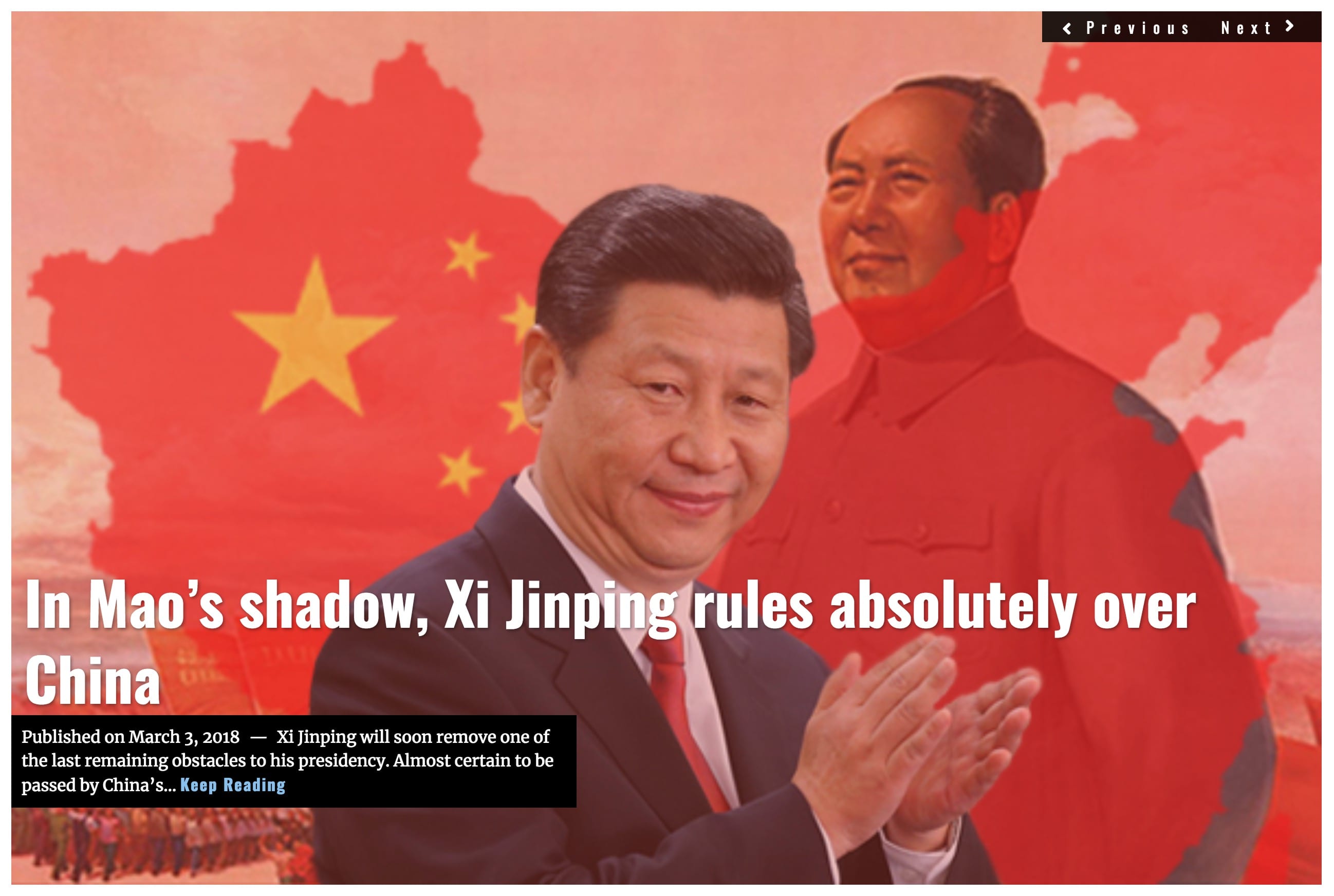


![STRATEGIC OPTION | Syrian Endgame - The Hard Truth [Lima Charlie News][Photo: Bulent Kilic]](https://limacharlienews.com/wp-content/uploads/2019/05/STRATEGIC-OPTION-Syrian-Endgame-e1558501175322-480x384.png)


![Blossoming Russo-Turkish alliance leaves U.S., NATO behind [Lima Charlie News]](https://limacharlienews.com/wp-content/uploads/2019/07/Russia-Turkey-alliance-leaves-U.S.-NATO-behind-480x384.png)
